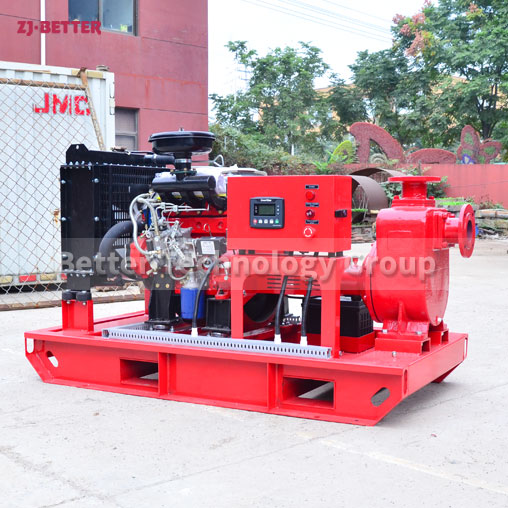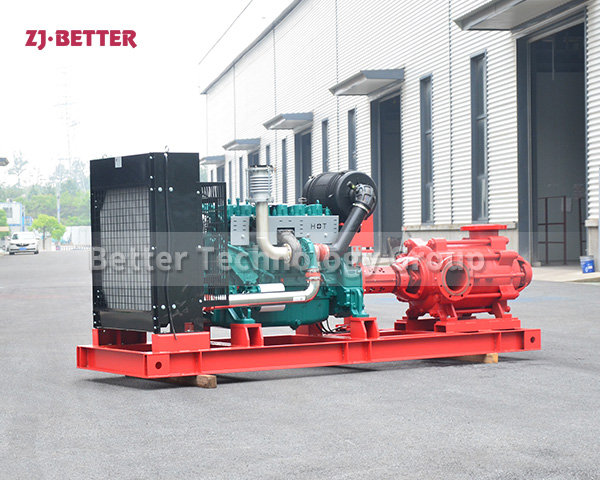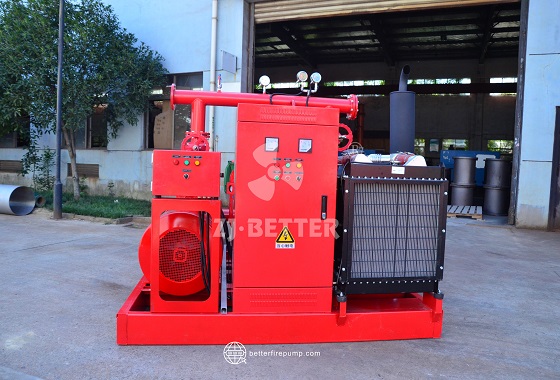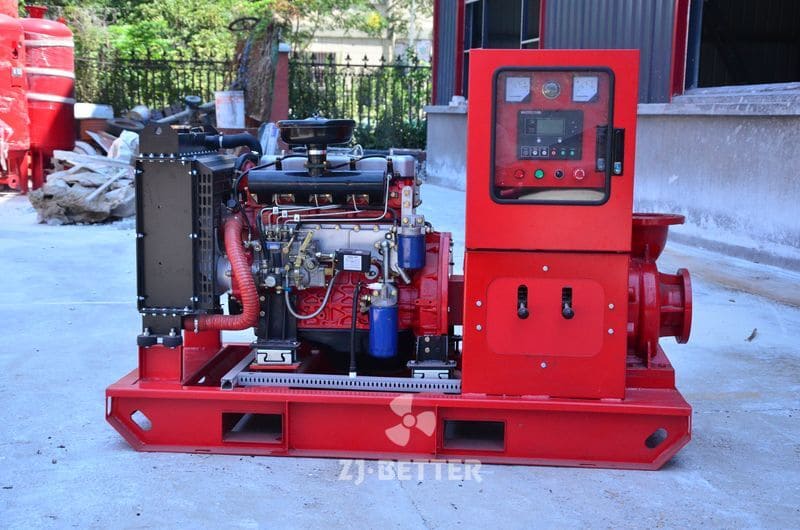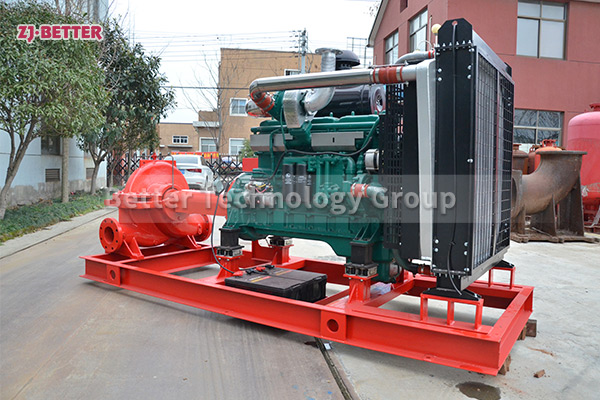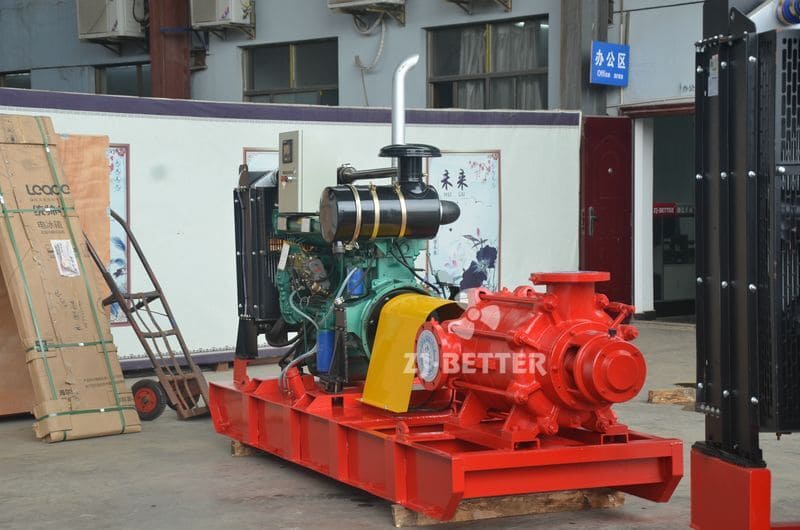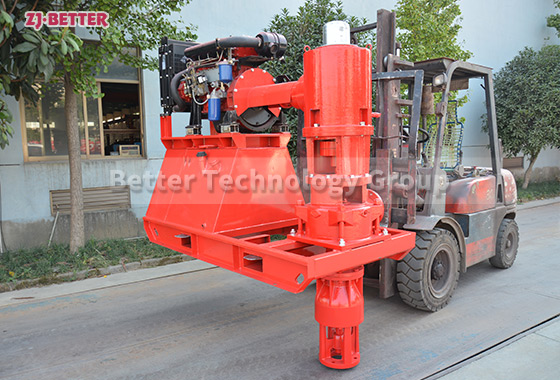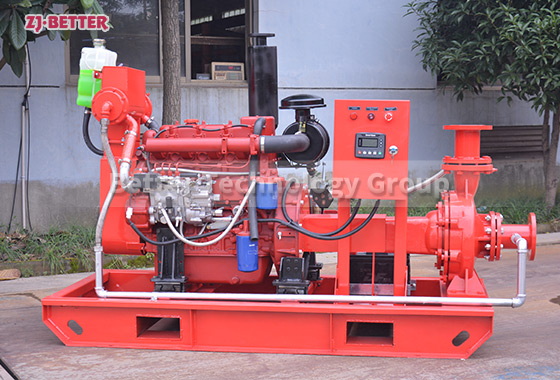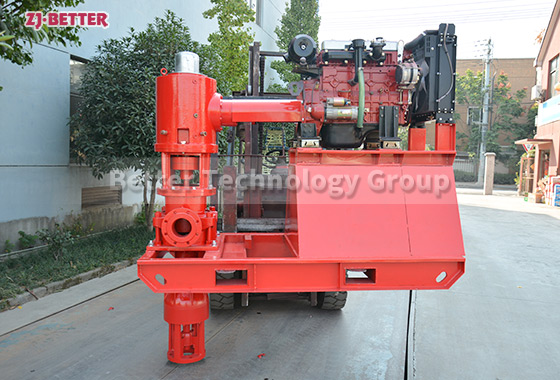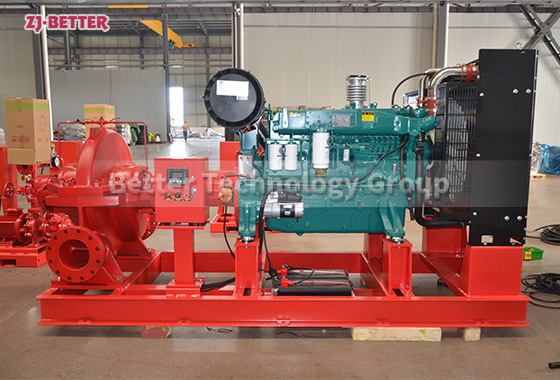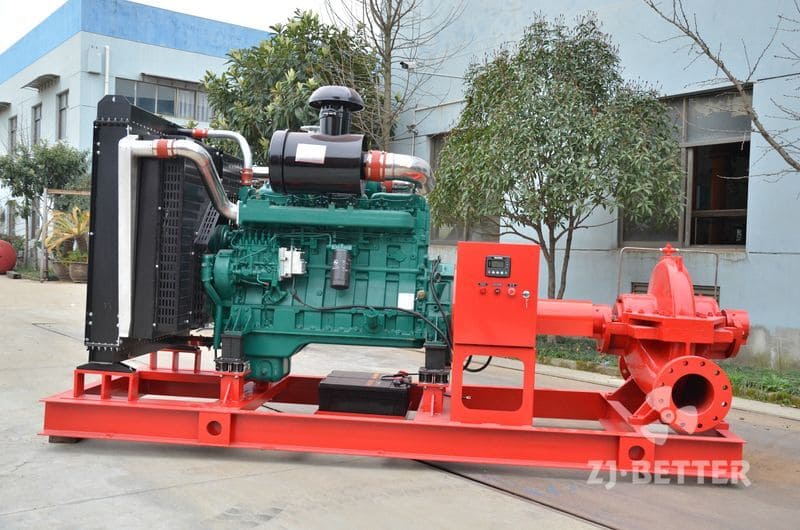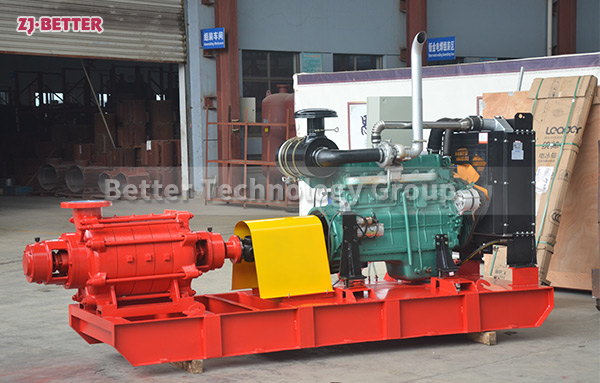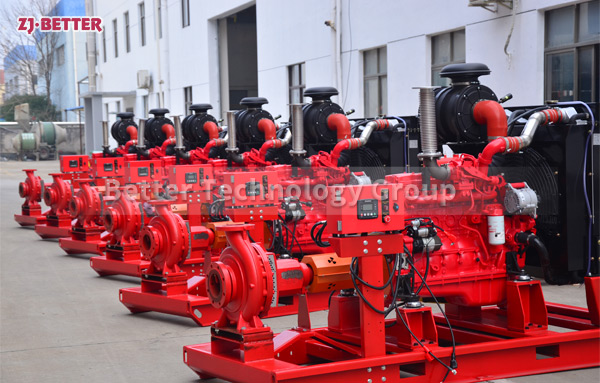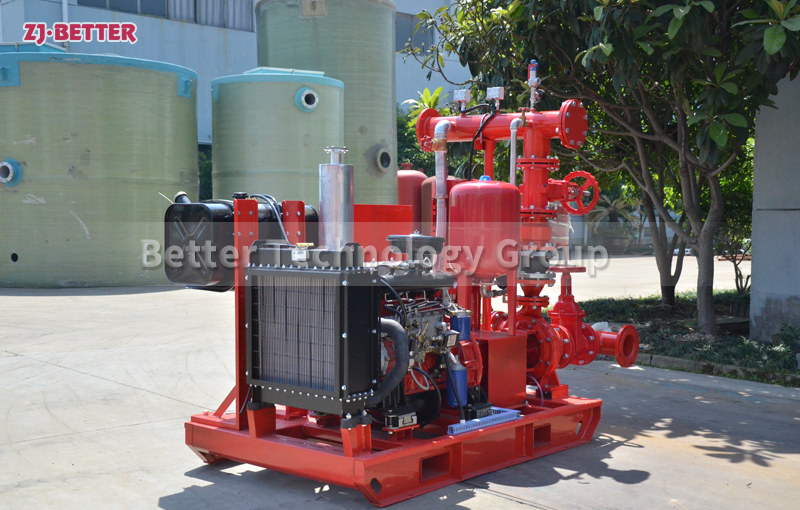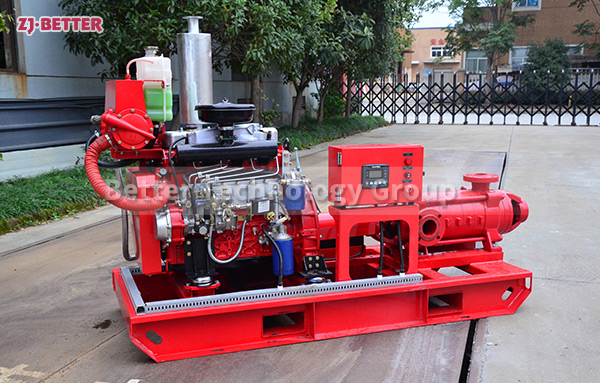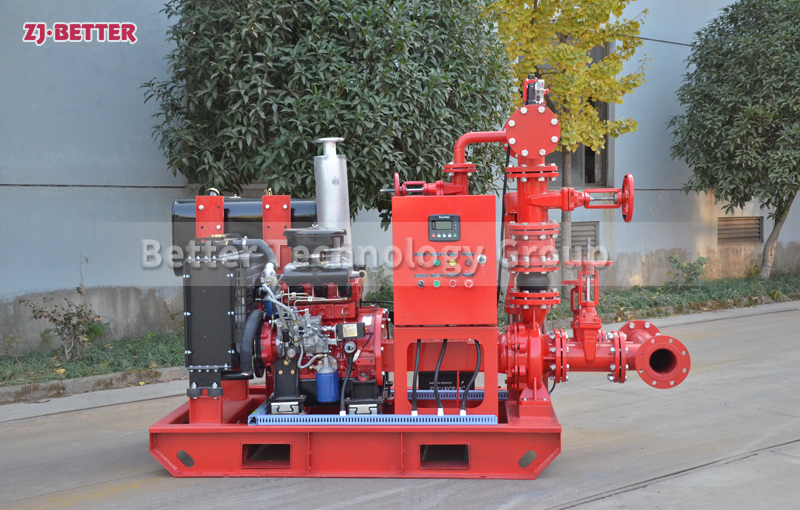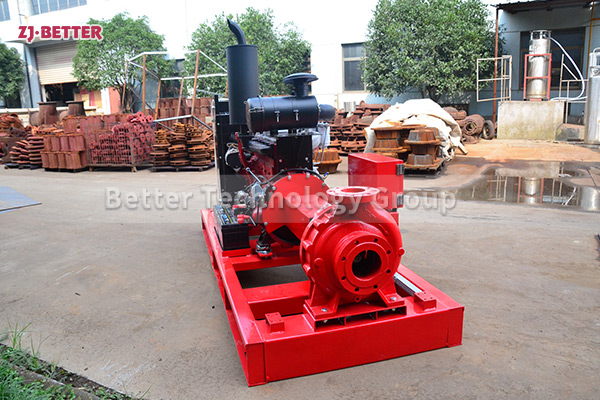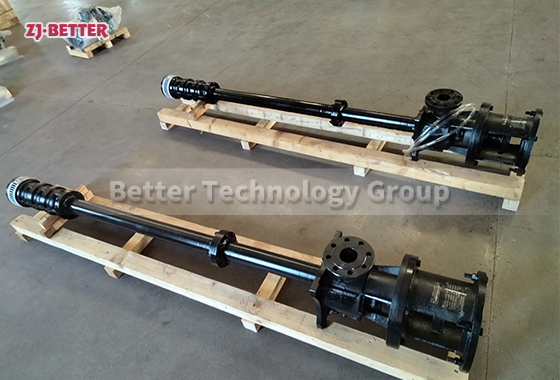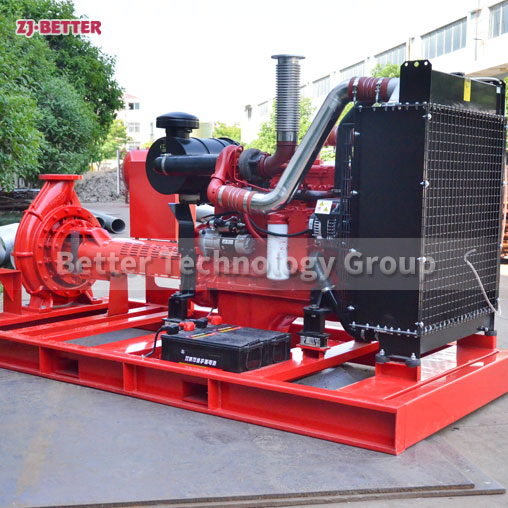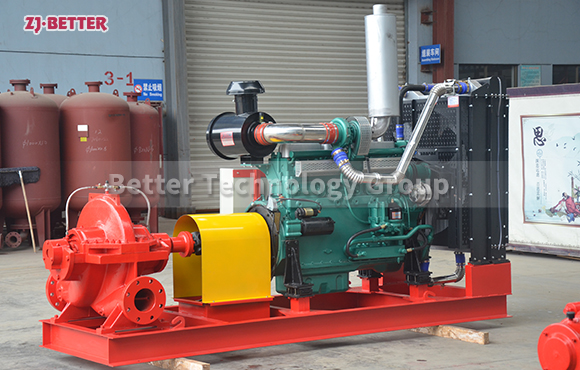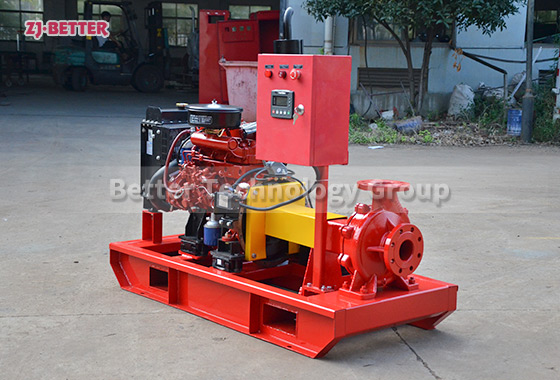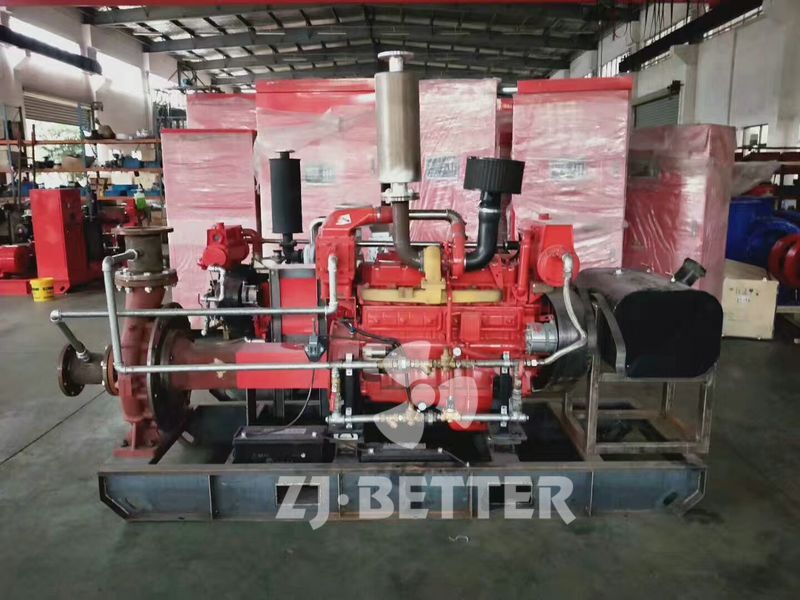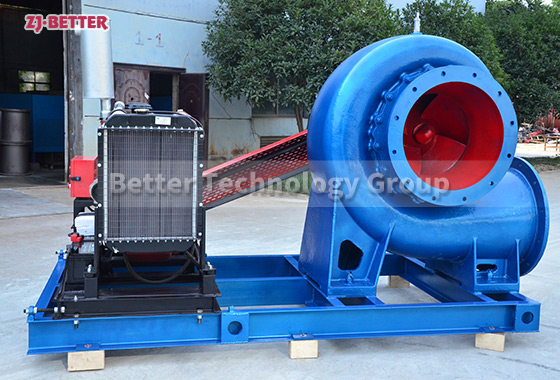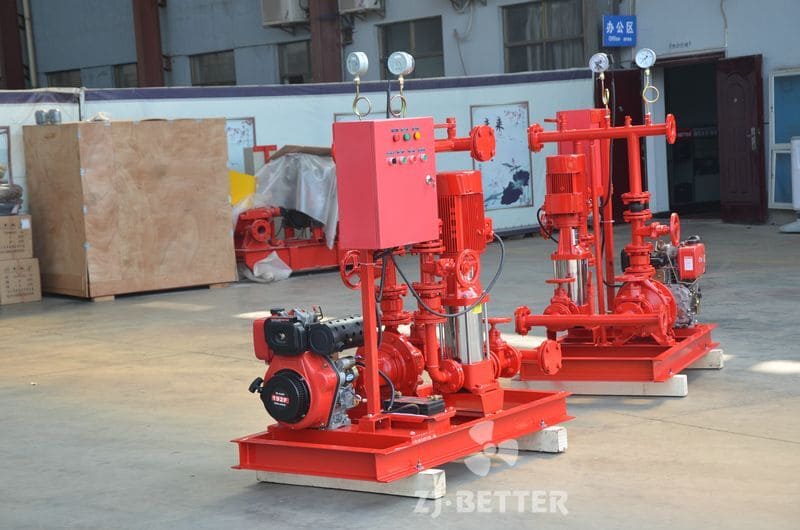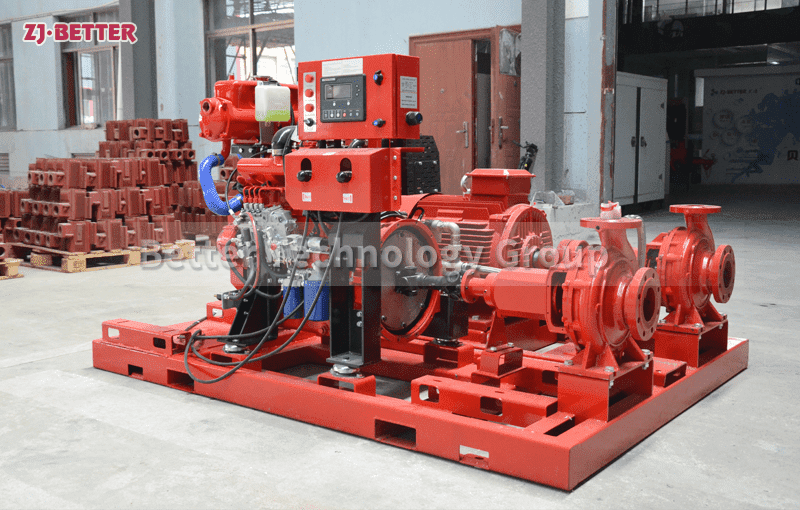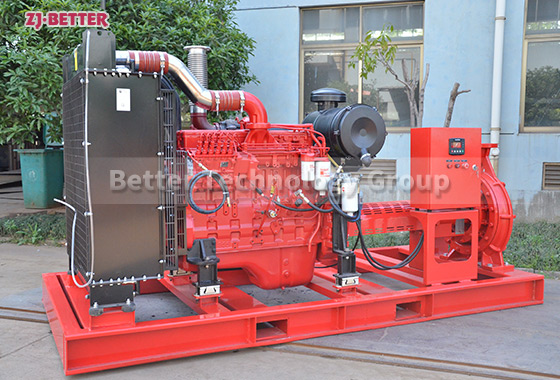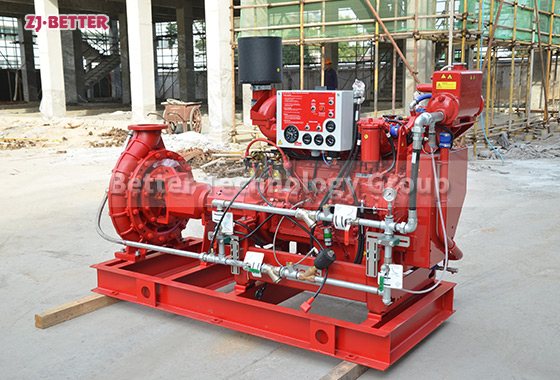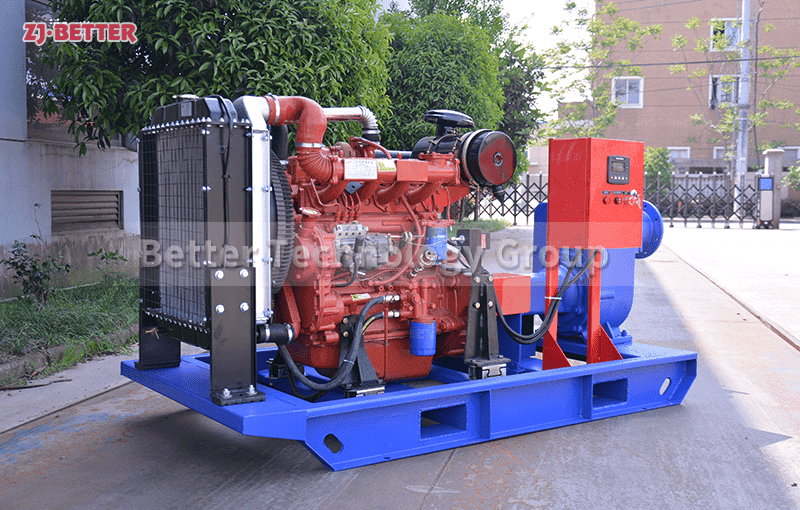Home » Diesel engine fire pump » Working Principle Of Diesel Engine Self-priming Fire Pump
Working Principle Of Diesel Engine Self-priming Fire Pump
The inlet pipe of the self-priming pump does not need to install the bottom valve, and the water can be sucked up after being filled with water for the first time, and there is no need to add water in the future. Self-priming function.
Contact US
Get Price
Share:
Content
The self-priming pump is also a type of centrifugal pump, but the self-priming pump has a high pump body and has a certain water storage capacity. It does not need to install the bottom valve in the suction pipe after the first irrigation. Pump products, self-priming pumps are self-priming centrifugal pumps, which have the advantages of compact structure, convenient operation, stable operation, easy maintenance, high efficiency, long life, and strong self-priming ability.
Inquiry
More Diesel engine fire pump

